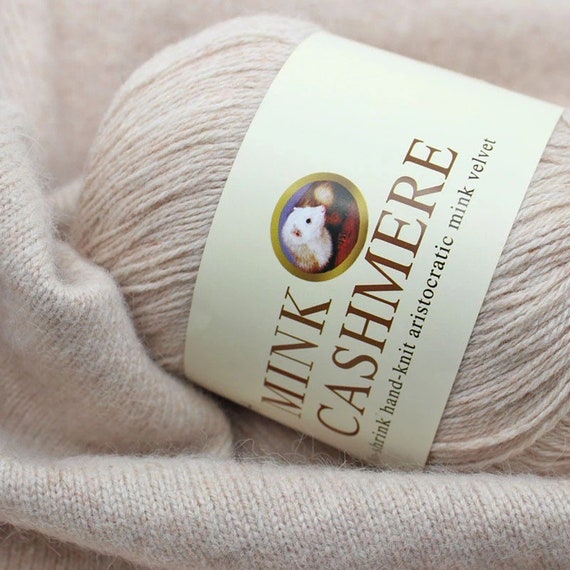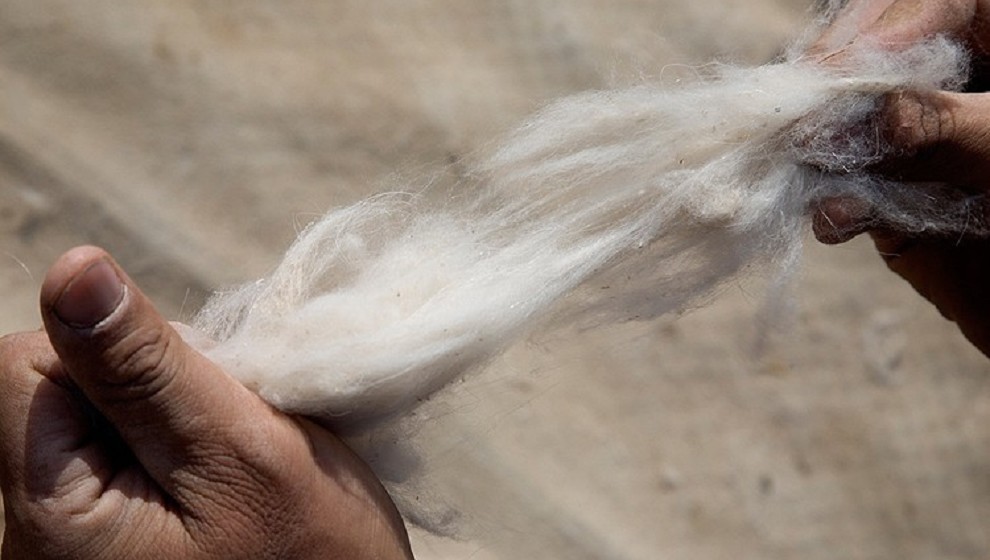Is Cashmere a Natural Fiber? Exploring Its Pure Origins and Uses
Is Cashmere a Natural Fiber? Exploring Its Pure Origins and Uses
Blog Article
Recognizing the Different Kinds of Cashmere a Natural Fiber and Their One-of-a-kind Benefits

The Origins of Cashmere: A Historic Summary
While the luxurious touch of cashmere proceeds to beauty modern customers, its beginnings trace back to the severe, cool climates of Mongolia and the Himalayas. For centuries, the native individuals of these regions have been increasing Capra Hircus goats, the prime resource of cashmere woollen. These goats, resilient against the serious winters, expanded a great undercoat to endure, which later on came to be called cashmere. The name itself pays tribute to Kashmir, an area in India where the woollen was originally processed. Much of the early cashmere trade route was facilitated by the Silk Roadway, connecting Asia with the Middle East and Europe. In spite of its worldwide spread, the finest cashmere is still thought to stem from the initial areas of Mongolia and the Mountain Ranges.

The Production Process: From Goat to Garment
Shearing a Capra Hircus goat notes the inception of the complex cashmere manufacturing process. This delicate treatment typically happens yearly throughout spring. The fine, soft undercoat is then divided from the coarser external hair, a procedure known as dehairing. The resultant raw cashmere is after that washed to eliminate contaminations such as dirt, grease, and vegetable issue.
The clean fiber goes through dyeing, spinning, and weaving, or knitting, to transform it into a fabric. Complex procedures like quality control checks and finishing processes adhere to, making certain completion item keeps the luxurious criterion anticipated of cashmere. This meticulous process, from goat to garment, justifies the high cost affixed to cashmere items, making them a sign of high-end and refinement.
The Numerous Kinds Of Cashmere: A Thorough Evaluation

The Unique Benefits of Cashmere: Comfort and Sustainability
Relocating use this link from the selection of cashmere kinds to the advantages they offer, comfort and sustainability stand apart plainly. Cashmere, a natural fiber, is renowned for its unmatched softness, providing a level of comfort that synthetic fibers can't match. The material's lightness, yet outstanding warmth retention, makes it suitable for all periods. Cashmere's natural elasticity allows it to return to its initial shape, making it immune to diminishing or stretching.
When it concerns sustainability, cashmere is naturally degradable pop over to this web-site and sustainable, as it's harvested from cashmere goats that regrow their layers yearly. what is cashmere. Unlike synthetic fibers which can take centuries to disintegrate, cashmere's effect on the atmosphere is minimal. This mix of comfort and sustainability makes cashmere a valuable option for conscious customers

Taking Care Of Your Cashmere: Maintenance and Conservation Tips
While cashmere is definitely a sustainable and elegant option, it needs certain treatment to preserve its high quality and prolong its life expectancy. To begin, cashmere must be hand cleaned utilizing chilly water and a More about the author moderate cleaning agent. Cashmere things should be saved in a amazing and completely dry place, away from direct sunshine and wetness.
Spending in Cashmere: Recognizing Its Worth and Well Worth
Although cashmere may originally seem like a pricey investment, its long-lasting worth and worth ended up being noticeable when you consider its exceptional qualities. Understood for its unparalleled gentleness and heat, cashmere is a premium natural fiber that outperforms other products. Spending in cashmere, for that reason, is not simply concerning current style fads, but regarding welcoming a sustainable, lasting, and lavish lifestyle.
Final Thought
In summary, the kind of cashmere one picks, be it Mongolian, Chinese, or Italian, is determined by individual preferences for warmth, sustainability, spending plan, and high-end. Comprehending the origins, production procedure, and special benefits of different kinds of cashmere can guide customers in their investment in this lavish natural fiber.
Whether it's the outstanding heat of Mongolian cashmere, the cost of Chinese cashmere, or the eco-conscious production of Italian cashmere, there's a tale to be found behind each fiber type. Cashmere, an all-natural fiber, is renowned for its unmatched gentleness, offering a degree of comfort that artificial fibers can not match.When it comes to sustainability, cashmere is naturally degradable and renewable, as it's collected from cashmere goats who regrow their layers every year. Known for its unmatched gentleness and warmth, cashmere is a costs natural fiber that outshines other products. Understanding the beginnings, production procedure, and unique advantages of different types of cashmere can lead consumers in their financial investment in this glamorous all-natural fiber.
Report this page